Tom Jones, Half of Record-Setting ‘Fantasticks’ Team, Dies at 95
He wrote the book and lyrics to a little show that opened in 1960 in Greenwich Village and became “the longest-running musical in the universe.”
By Neil Genzlinger
Aug. 12, 2023, 2:54 p.m. ET
Tom Jones, who wrote the book and lyrics for a modest musical called “The Fantasticks” that opened in 1960 in Greenwich Village and ran for an astonishing 42 years, propelled in part by its wistful opening song, “Try to Remember,” died on Friday at his home in Sharon, Conn. He was 95.
His son Michael said the cause was cancer.
Mr. Jones and his frequent collaborator, Harvey Schmidt, first worked together when they were students at the University of Texas, Mr. Jones in the drama department’s directing program, Mr. Schmidt studying art but indulging his musical inclinations on the side.
They kept in touch after graduating, writing songs together by mail after they were drafted during the Korean War.
Mr. Jones got out first and tried his luck in New York, failing to find work as a director but writing for the revues being staged by the impresario Julius Monk and fiddling with a musical with another composer, John Donald Robb.
Mr. Jones and Mr. Robb called that show, which was loosely based on a comedy by the French playwright Edmond Rostand, “Joy Comes to Deadhorse,” and in 1956 they staged it at the University of New Mexico, where Mr. Robb was a dean.
It was a big-cast production that included a small squadron of dancers.
The two men had different reactions to their production. “I felt it was basically wrong,” Mr. Jones wrote in an unpublished memoir. “He felt it was basically right. So we split.”
Mr. Jones kept working on the piece, now with Mr. Schmidt, who had arrived in New York after leaving the military and was having some success as a commercial artist.
They were still envisioning it as a big Broadway musical, but in 1959, when a friend was looking for a one-act musical for a summer festival at Barnard College, they did a radical revision.
Instead of trying to imitate Rodgers and Hammerstein, Mr. Jones wrote, “We decided to break all the rules.”
“We didn’t understand them anyway,” he added.
Their pared-down musical, about two young lovers and their seemingly feuding fathers, used a narrator, minimalist staging, and other touches that bucked the formula of a big Broadway musical.
Among those who saw it at Barnard was the producer Lore Noto, who brought it to the Sullivan Street Playhouse in Greenwich Village, where it opened in May 1960. The cast included Jerry Orbach, early in his storied career, as El Gallo, the narrator, who delivers “Try to Remember.”
It also included, in a smaller role, one Thomas Bruce — who was actually Mr. Jones.
He said he didn’t use his own name because he wanted to head off accusations that “The Fantasticks” was a vanity production.
Mr. Jones wrote that the opening night performance, attended by critics, was rocky, and at the after-party, all involved awaited the reviews with trepidation. They came in around midnight; Word Baker, the director, related them to the assembled group, beginning with the mixed review from Brooks Atkinson in The New York Times.
“All we could hear, any of us, were the bad parts,” Mr. Jones wrote.
Walter Kerr in The New York Herald Tribune also said both positive and negative things, while some of the other New York papers raved.
In any case, the show had a resilience that no one back then could have predicted.
It continued to run at Sullivan Street for more than 17,000 performances, finally closing in 2002 as the longest-running musical in history.
(“The Mousetrap,” the Agatha Christie play, has been running longer in London, but not continuously in the same theater.)
Mr. Jones and Mr. Schmidt, who died in 2018, went on to collaborate on other shows. Mr. Jones wrote the lyrics for Mr. Schmidt’s music for “110 in the Shade,” which opened on Broadway in 1963 and ran for 330 performances, and he wrote the book and lyrics for “I Do! I Do!,” another collaboration with Mr. Schmidt, which ran for a year and a half on Broadway in the mid-1960s.
Each of those shows earned the men Tony Award nominations. Ed Ames’s version of “My Cup Runneth Over,”
a song from “I Do! I Do!,” peaked at No. 8 on the Billboard Hot 100 in 1967 and received Grammy Award nominations.
But “The Fantasticks” overshadowed everything else. After its initial long run, a revival that opened in 2006 in Midtown Manhattan ran for more than 4,300 performances, with Mr. Jones again in the opening night cast in the same secondary role. As in the original production, actors cycled through the various roles in the revival, which continued for more than a decade. In 2010, Mr. Jones, then 82, returned to the cast briefly to mark the 50th anniversary of the original show’s opening.
In 2006, an interviewer for American Theater Wing, introducing Mr. Jones, described “The Fantasticks” as “the longest-running musical in the universe.”
“I don’t know about Saturn,” Mr. Jones replied.
Thomas Collins Jones was born on Feb. 17, 1928, in Littlefield, Texas. His father, William, was a turkey farmer, and his mother, Jessie (Bellomy) Jones, was a homemaker.
He grew up in Coleman, Texas, where he got a job as an usher at a movie theater, which morphed into a role as master of ceremonies for a weekly talent show held on Wednesday nights between features.
As Mr. Jones put it in his memoir, “sometime during my sophomore year at Coleman High School, I became a ‘character’” — wearing bow ties and a straw hat to school, smoking a pipe, signing his articles for the school newspaper “T. Collins Jones, Esquire.”
“Even now, nearly 70 years later, I can’t help but stop and wonder what the hell I thought I was doing,” he wrote. “Even more, I wonder at the fact that the other kids — farmers mostly, and ranchers and 4-H girls — took it all in their stride.”
In 1945, when he enrolled in the drama department at the University of Texas, “for the first time, there were other people actually like me.”
“Here, a marvel of marvels,” he wrote, “everybody was T. Collins Jones, Esquire.”
He earned a bachelor’s degree and, in 1951, a master’s degree at the university, and soon after was drafted.
By happenstance — and passing a typing test — he managed to avoid being sent to fight in Korea; instead, he was assigned to administrative work in a counterintelligence unit.
There, he proposed that he write a manual on how to conduct covert operations. (“The Army loves manuals,” he wrote in the memoir. “More than machine guns. More than medals.”) Superiors liked the idea, and he worked on that until he was discharged after the war ended in 1953.
In the American Theater Wing interview, Mr. Jones recounted the story of “Try to Remember,” the signature song from
“The Fantasticks.” Mr. Schmidt had come up with the music in just a few minutes during an idle moment in a rehearsal hall.
Mr. Jones heard an opportunity.
“I thought, well, it would be fun to take this simple, long-line song and then play with lots of assonance and near sounds and near rhymes and inner rhymes and sort of encrust it verbally on top of this flowing, basically folklike, simple melody,” he said. “That took me weeks to do. It took him 20 seconds and me three weeks.”
His lyric still echos across the decades:
Try to remember the kind of September
When life was slow and oh, so mellow.
Try to remember the kind of September
When grass was green and grain was yellow.
Try to remember the kind of September
When you were a tender and callow fellow.
Try to remember and if you remember
Then follow, follow.
Mr. Jones’s first marriage, to Eleanor Wright, ended in divorce. His second marriage was to the choreographer Janet Watson, who died in 2016. Michael Jones and another son from that marriage, Sam, survive him.
Mr. Jones and Mr. Schmidt seemed to have a knack for long runs. “I Do! I Do!” has had countless other productions since it was on Broadway, including one in Minneapolis that ran from 1971 to 1993, with the same two actors, David Anders and Susan Goeppinger, in the same roles the whole time.
Among the other shows on which Mr. Jones and Mr. Schmidt collaborated was “Celebration,” which ran for three months on Broadway in 1969 and which Mr. Jones also directed. They created a musical version of Thornton Wilder’s “Our Town,” but when Mary Martin, who had originated the female role in “I Do! I Do!” on Broadway and was to star, became ill, the project was derailed.
In a 2002 interview with The Times, Mr. Jones said that though he was pleased that “The Fantasticks” had dominated his career, he regretted that it overshadowed some of the other work he and Mr. Schmidt had done.
“It’s nice to be remembered for anything,” he said. “I do hope and believe that there is going to come a time, probably after we’re dead when someone will say, ‘What are these other weirdo titles?’ and they’ll say, ‘This is strange; this is interesting stuff.’”
ADVERTISEMENT
BY
Looking for more information?
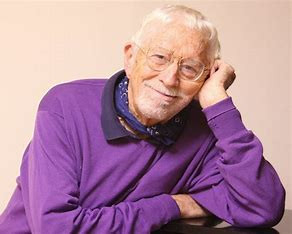
 Amanda S. Stevenson
Amanda S. Stevenson 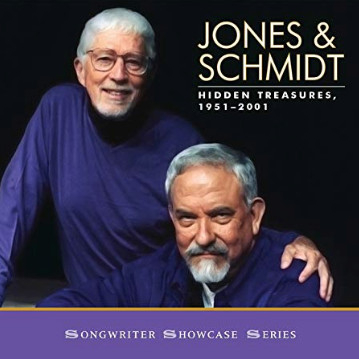
 Amanda S. Stevenson
Amanda S. Stevenson 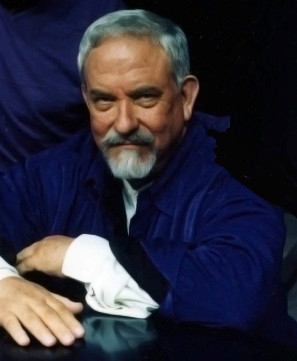
 Amanda S. Stevenson
Amanda S. Stevenson 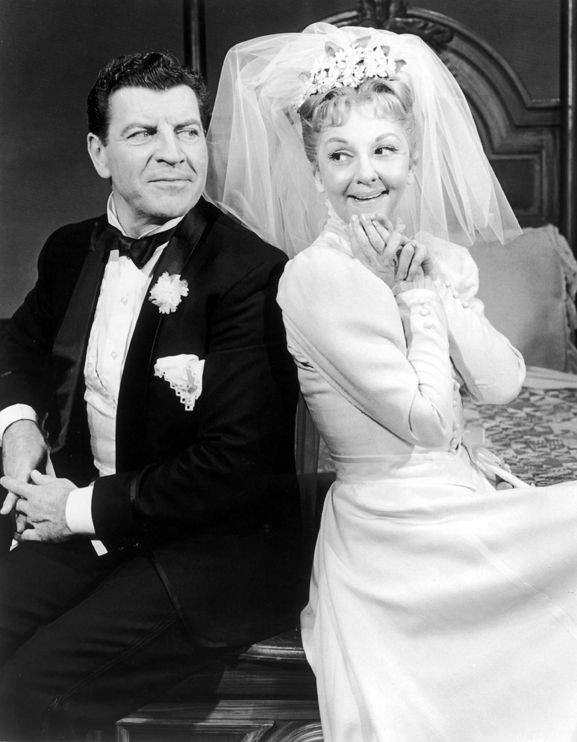
 Amanda S. Stevenson
Amanda S. Stevenson 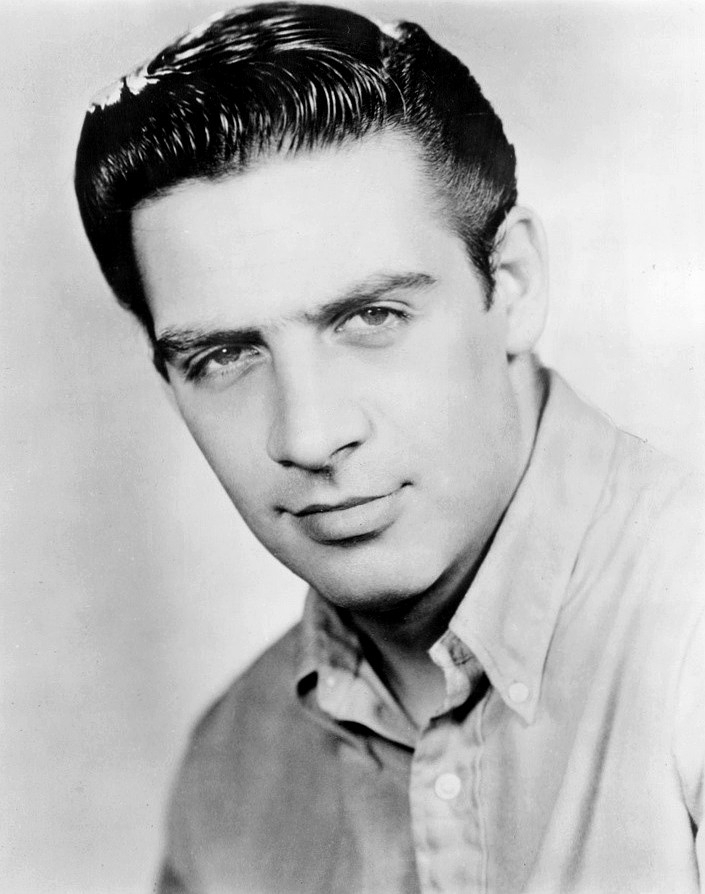
 Amanda S. Stevenson
Amanda S. Stevenson 